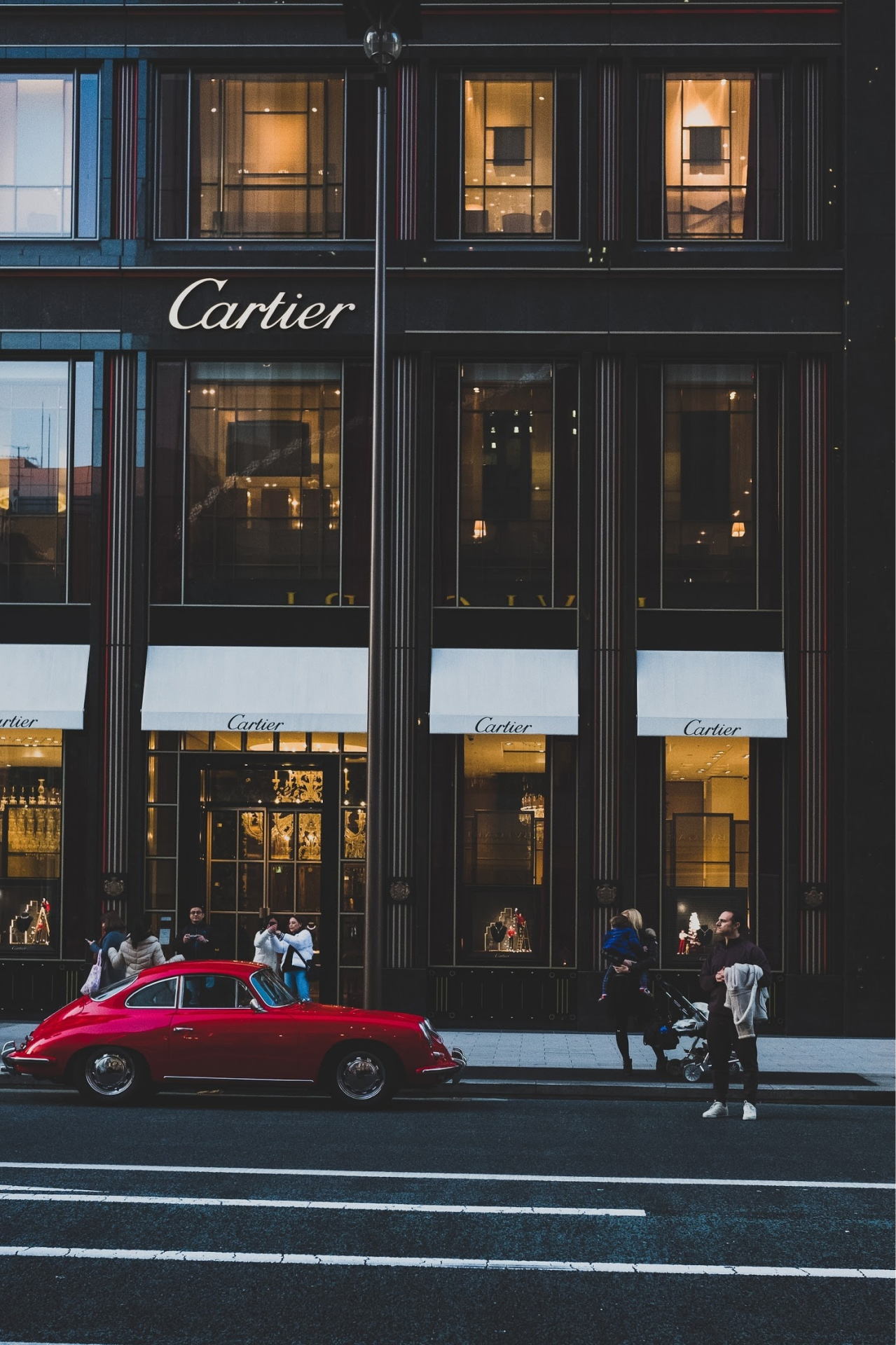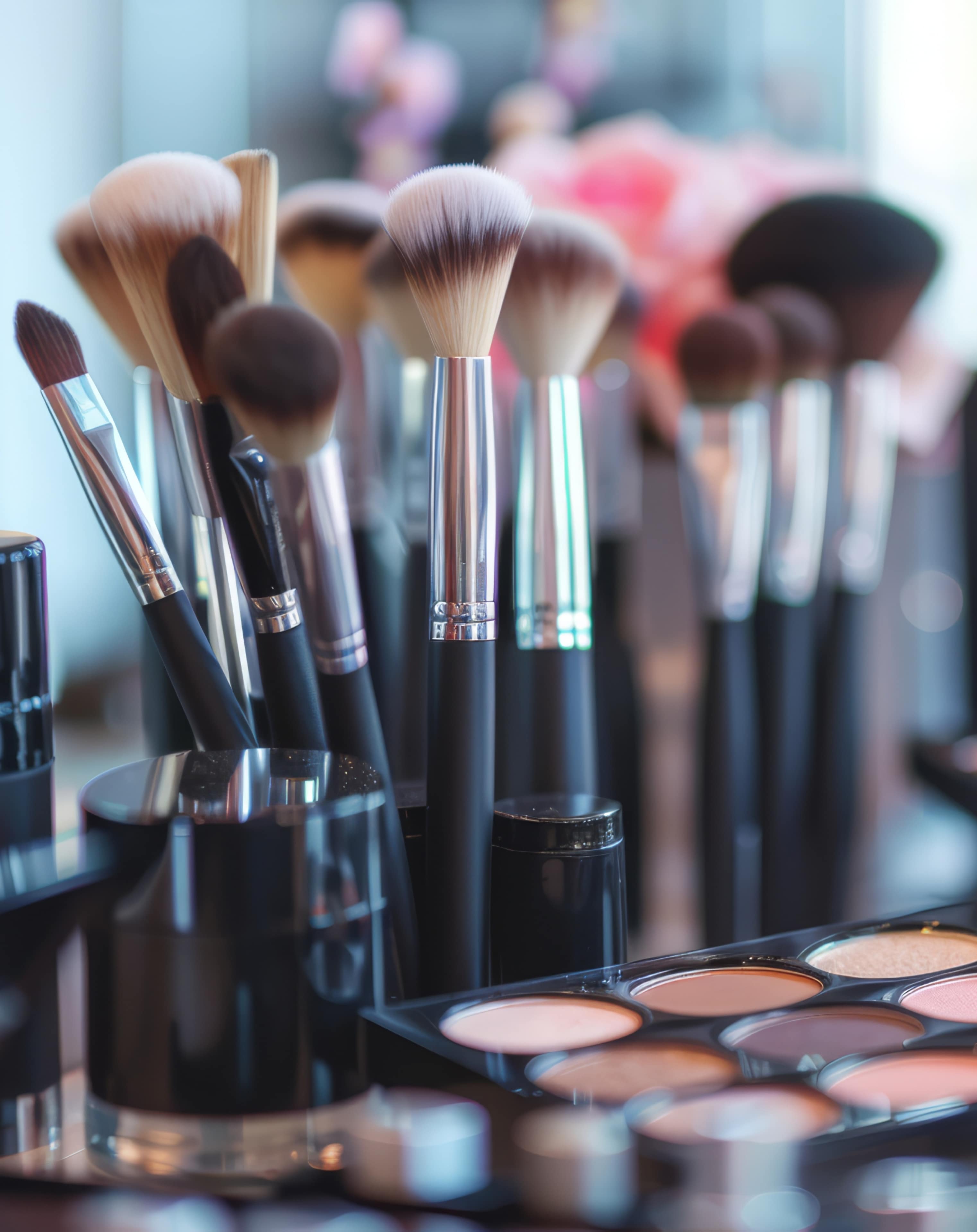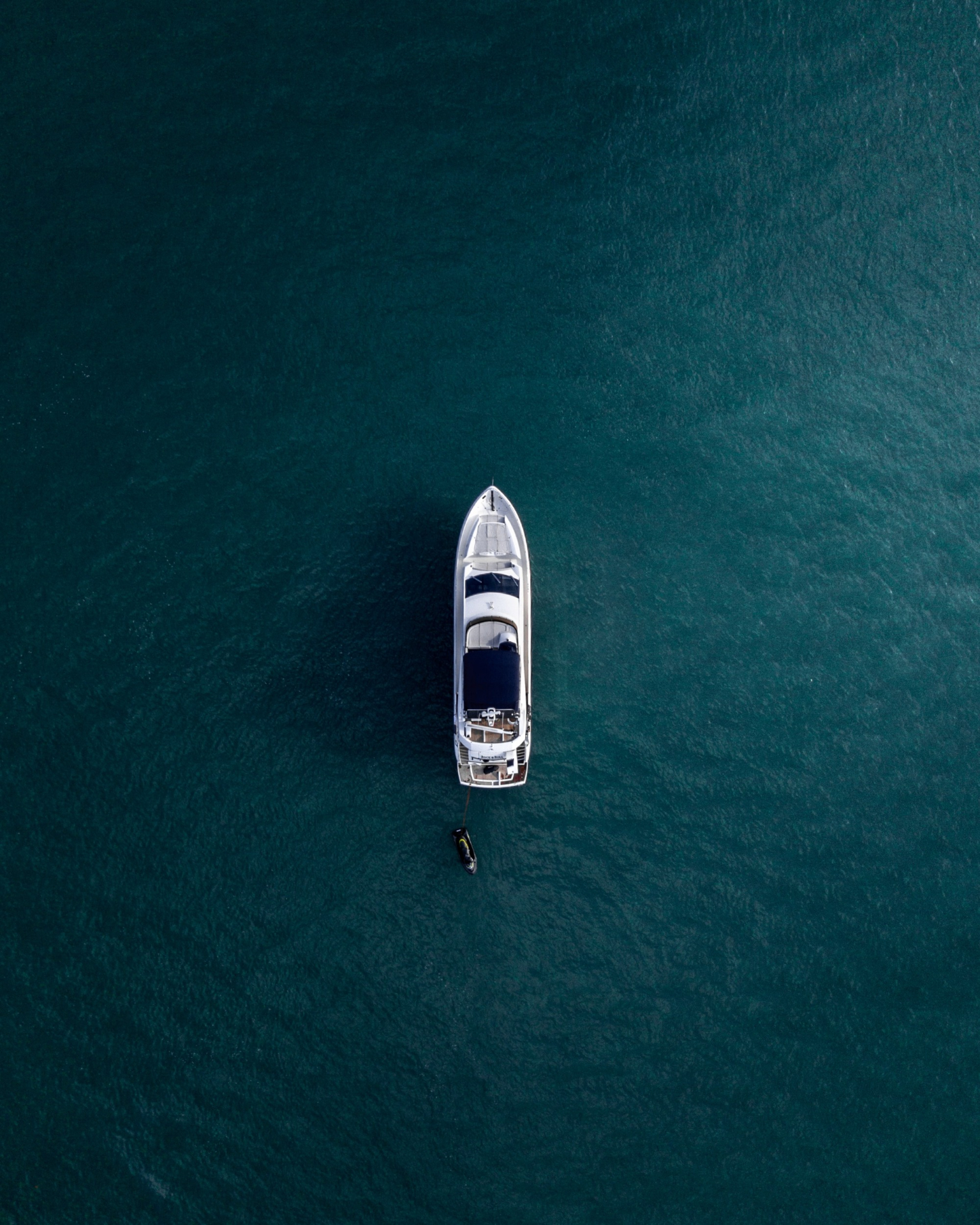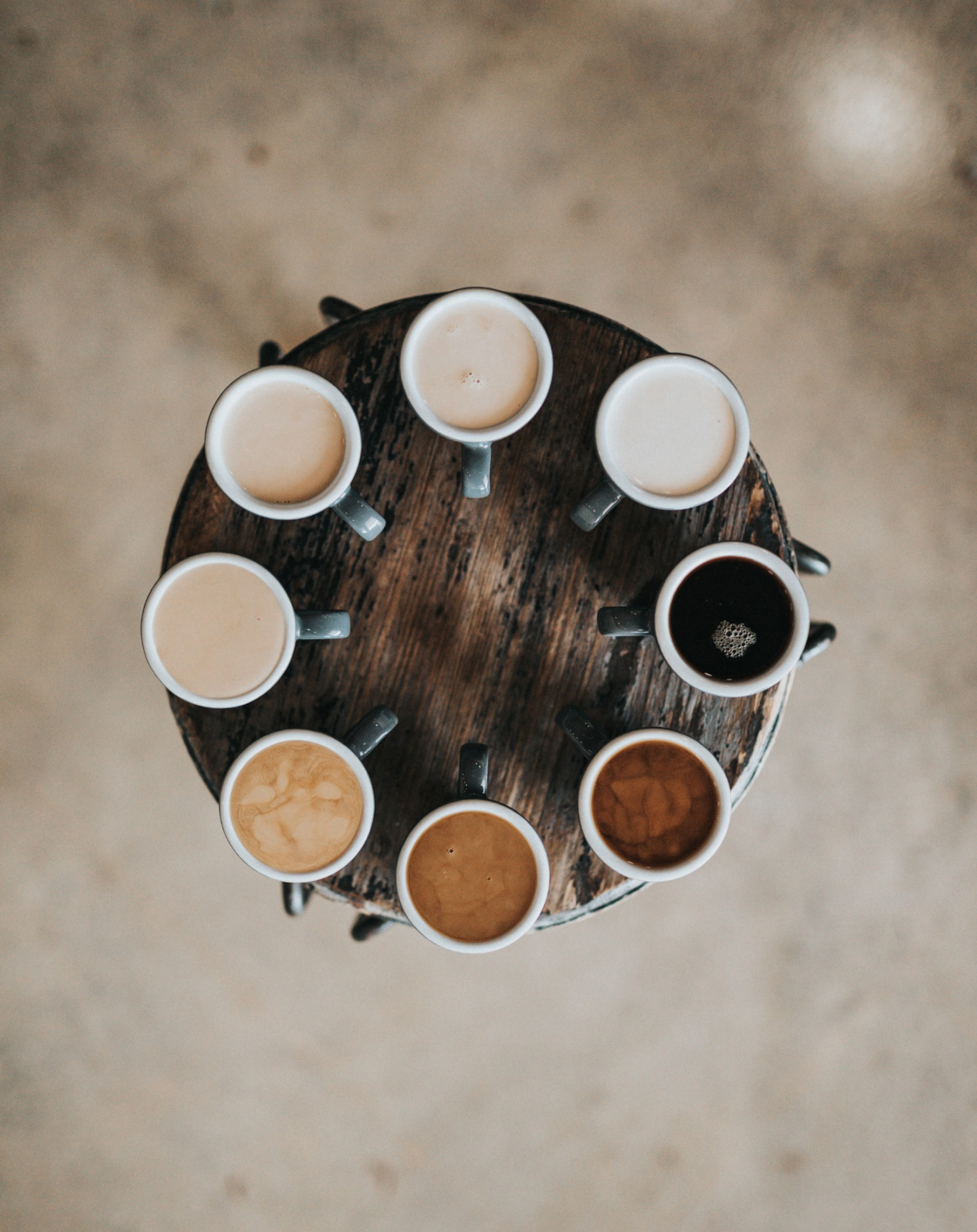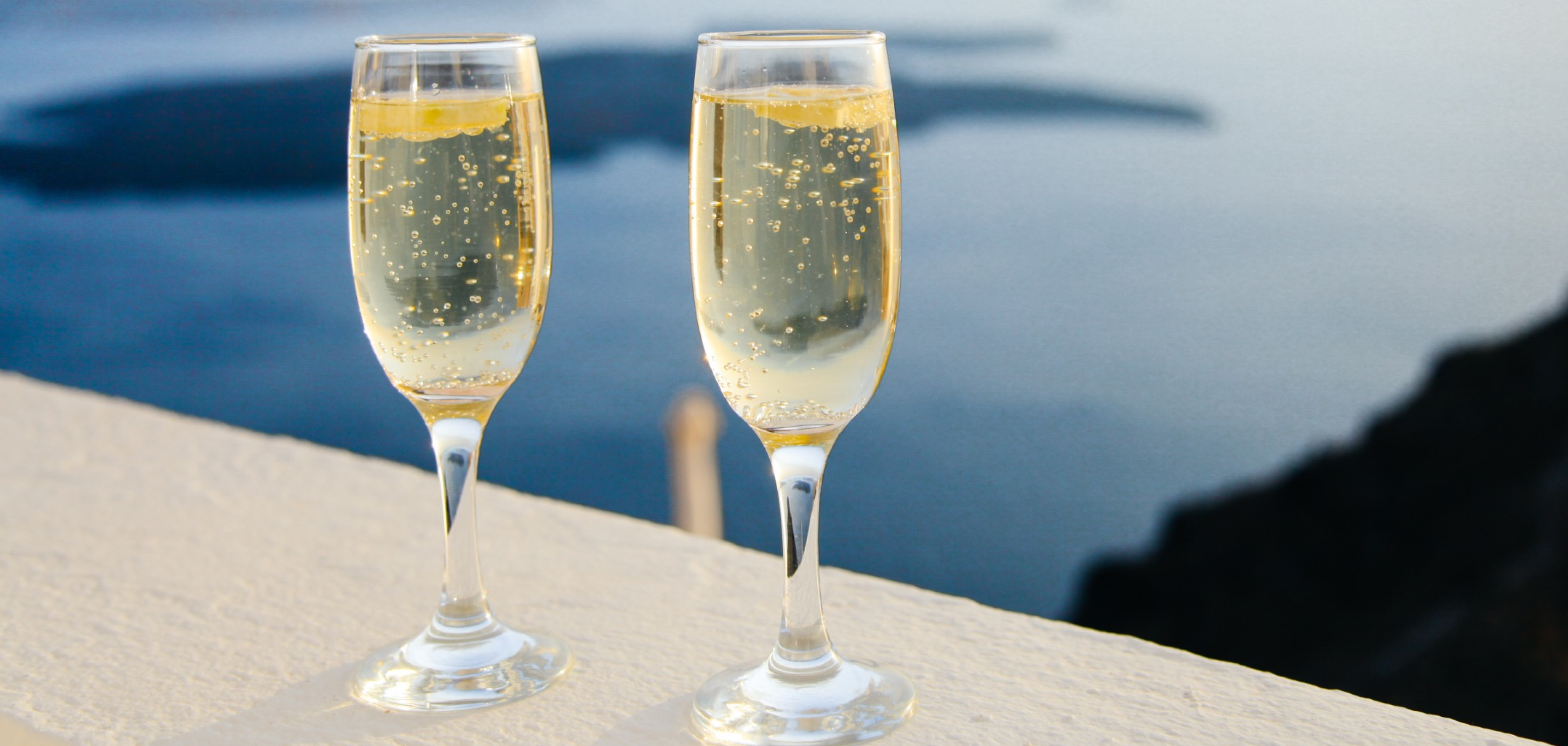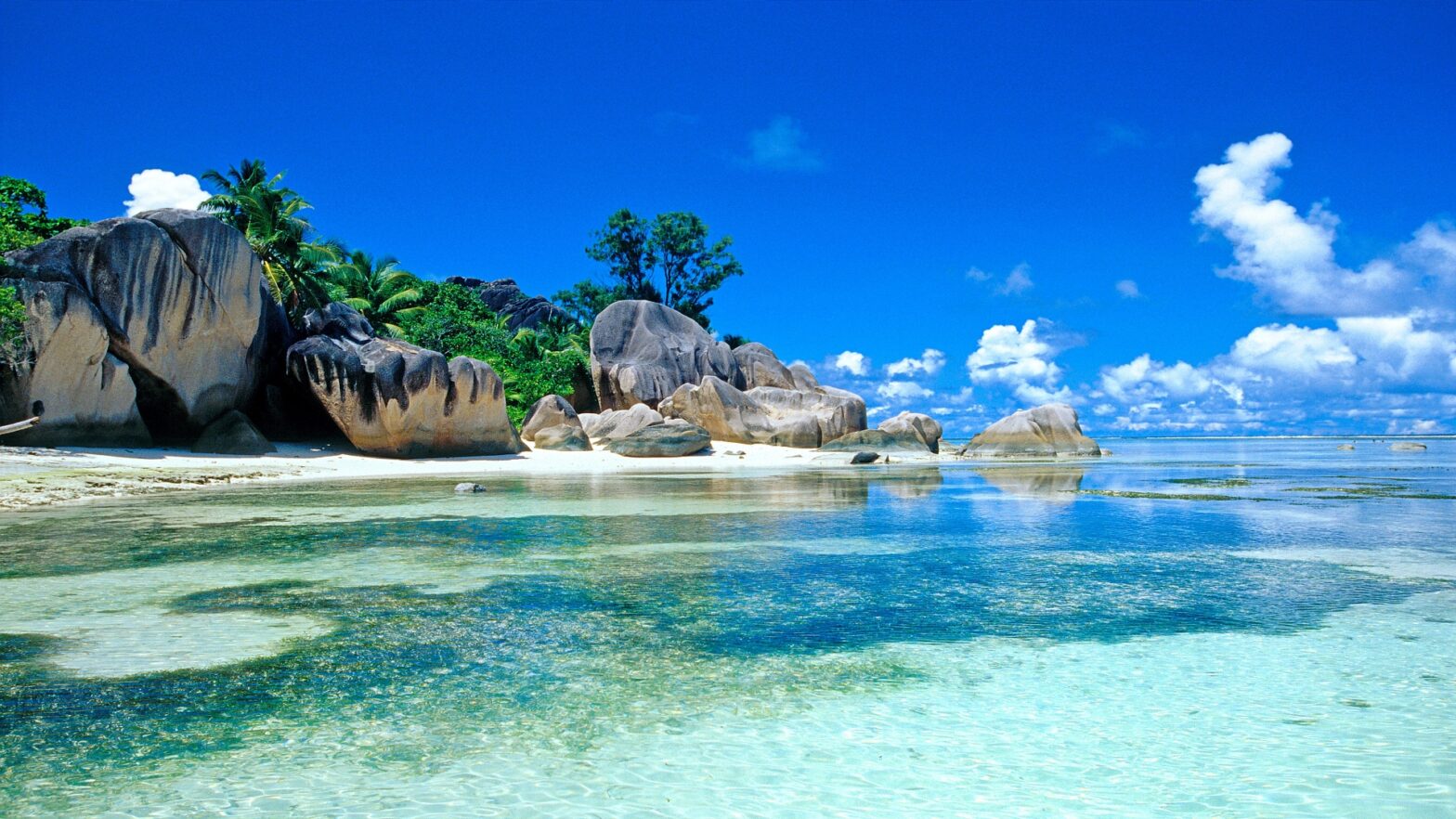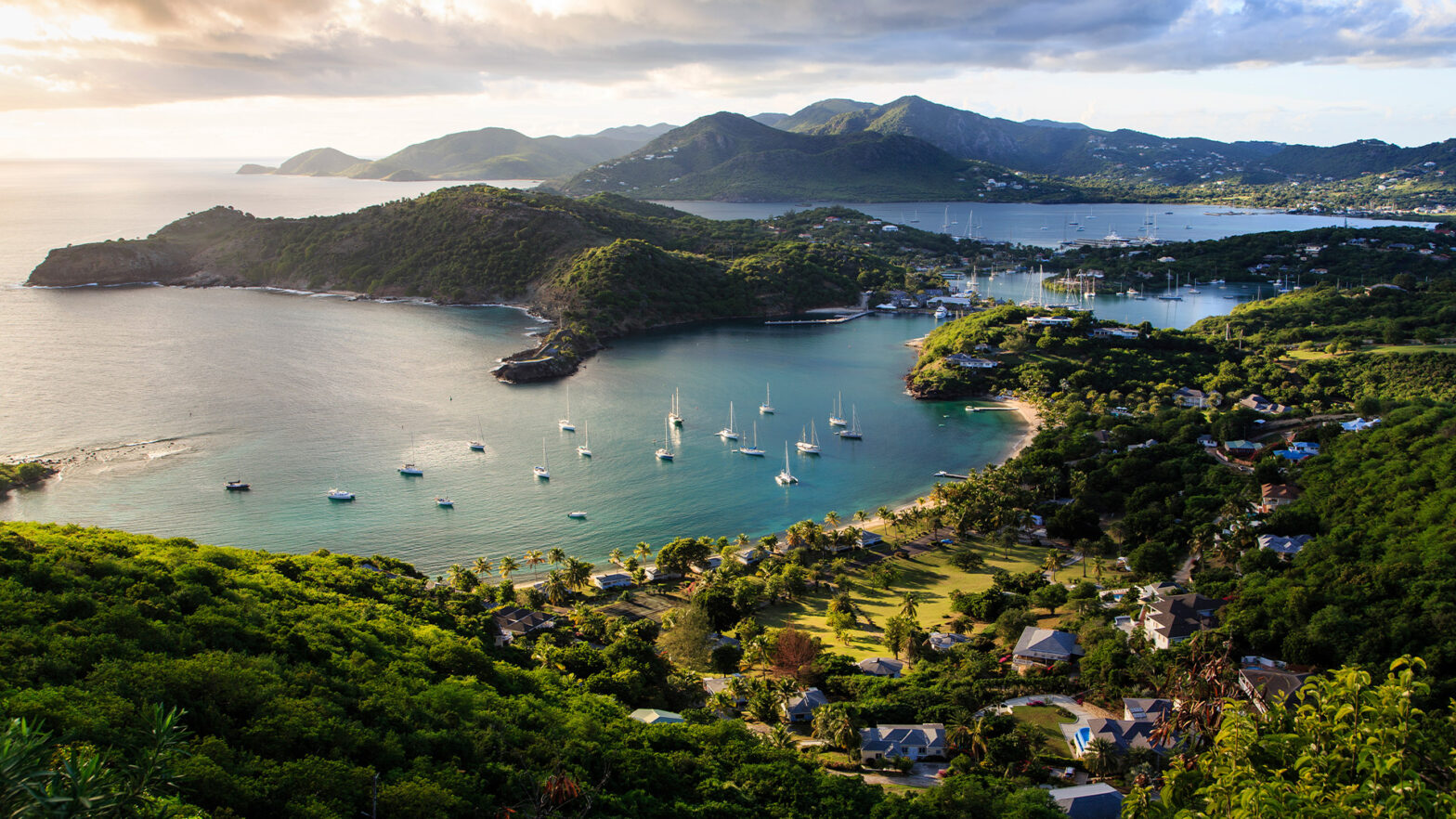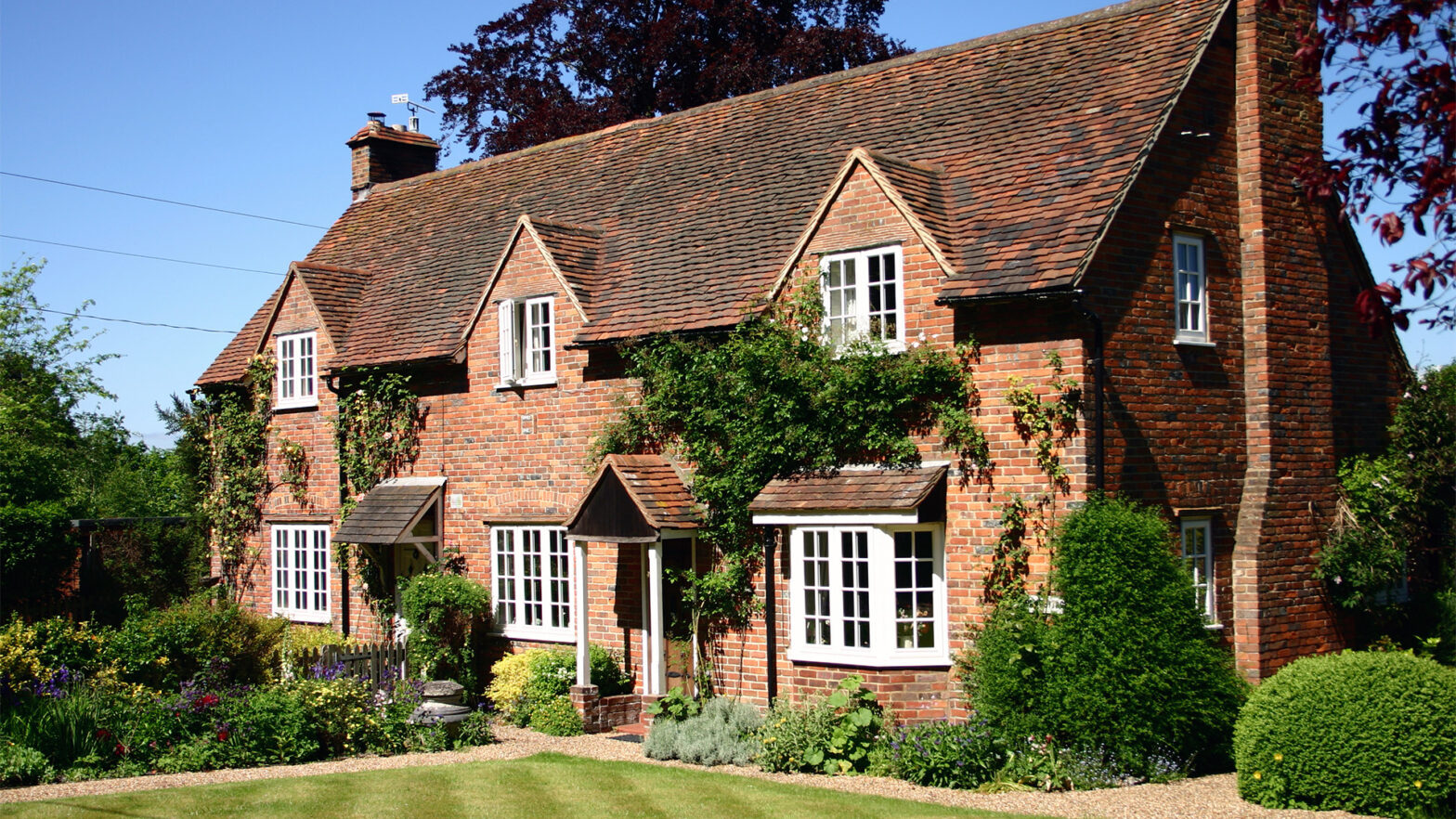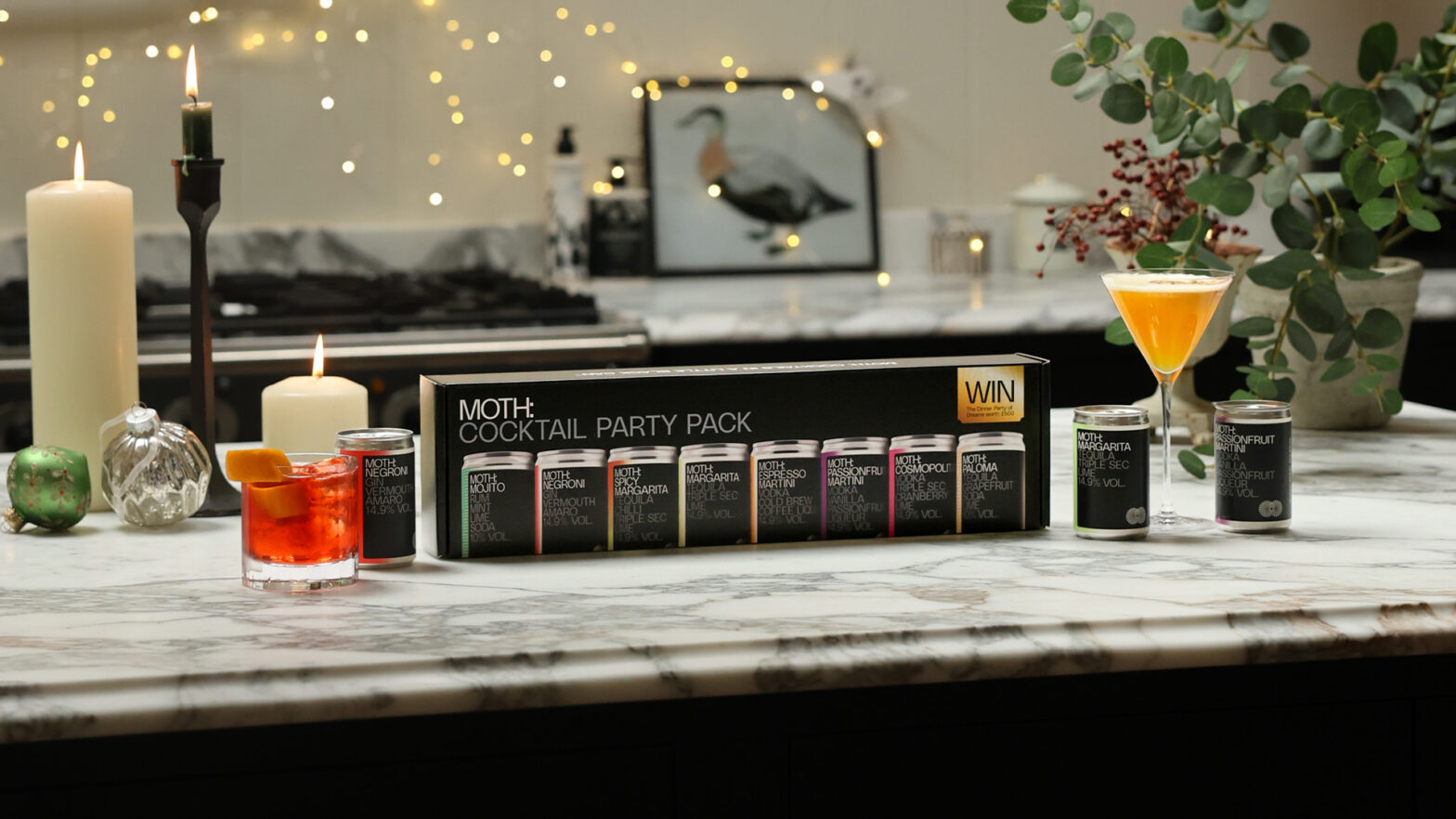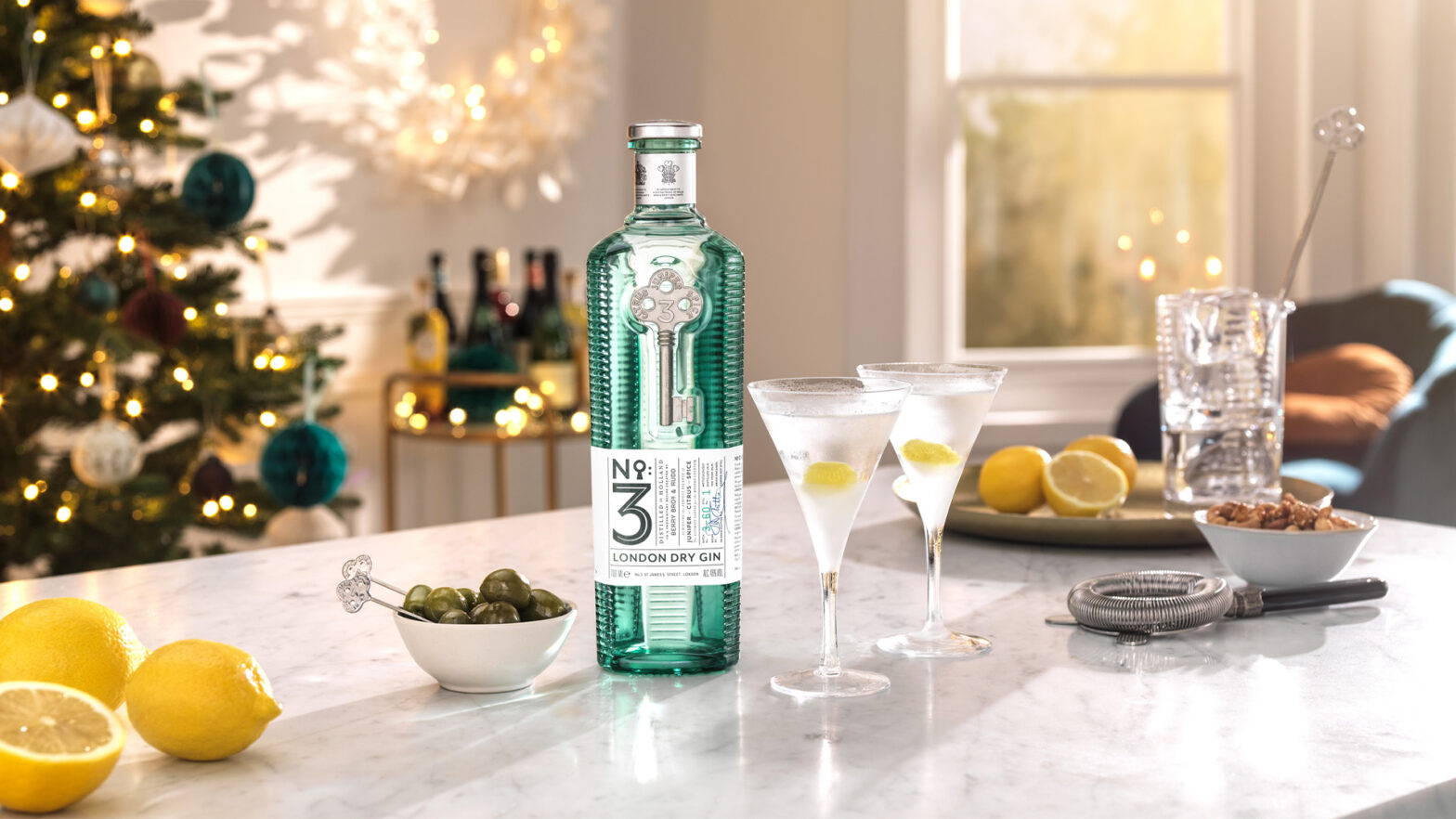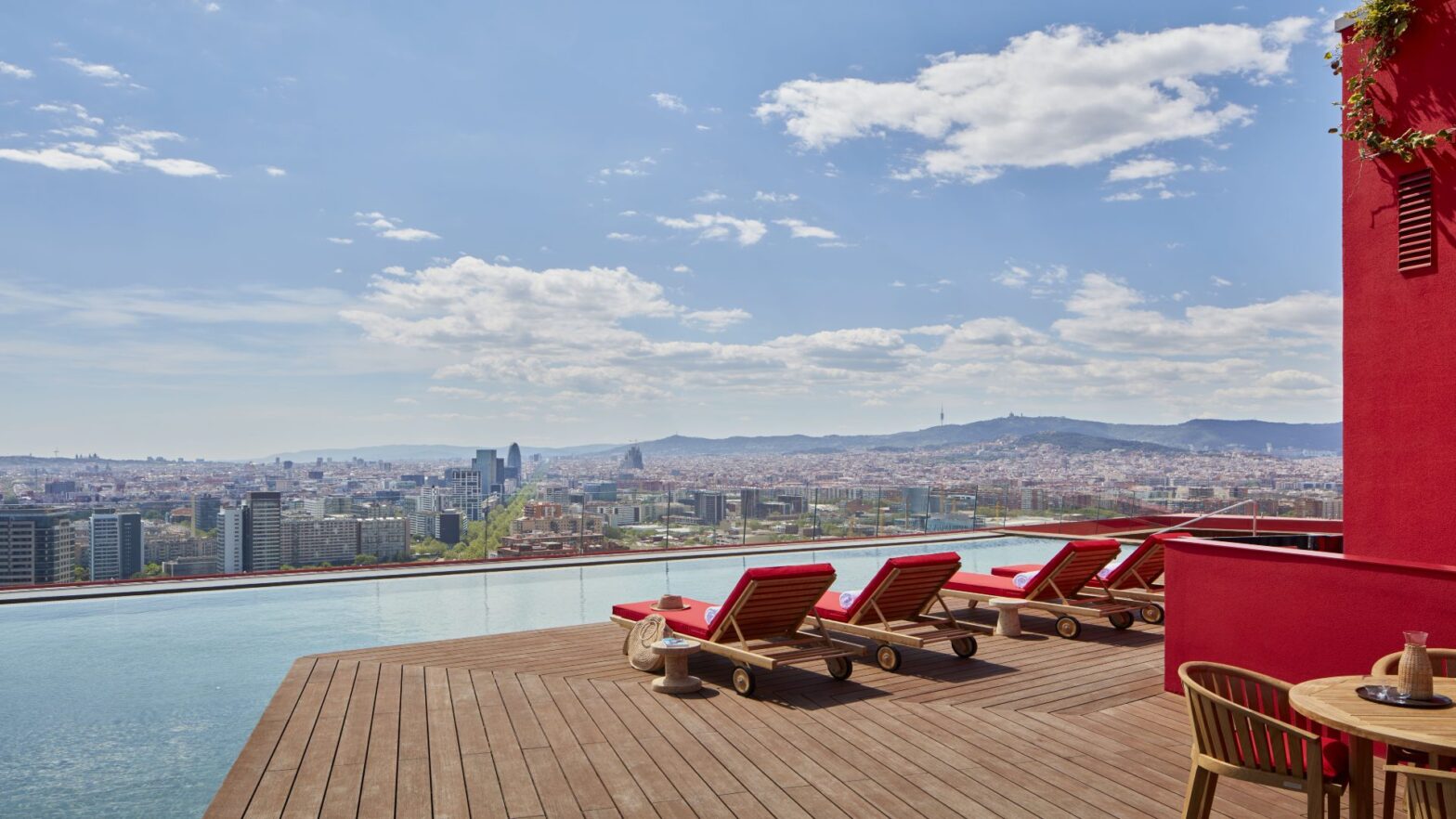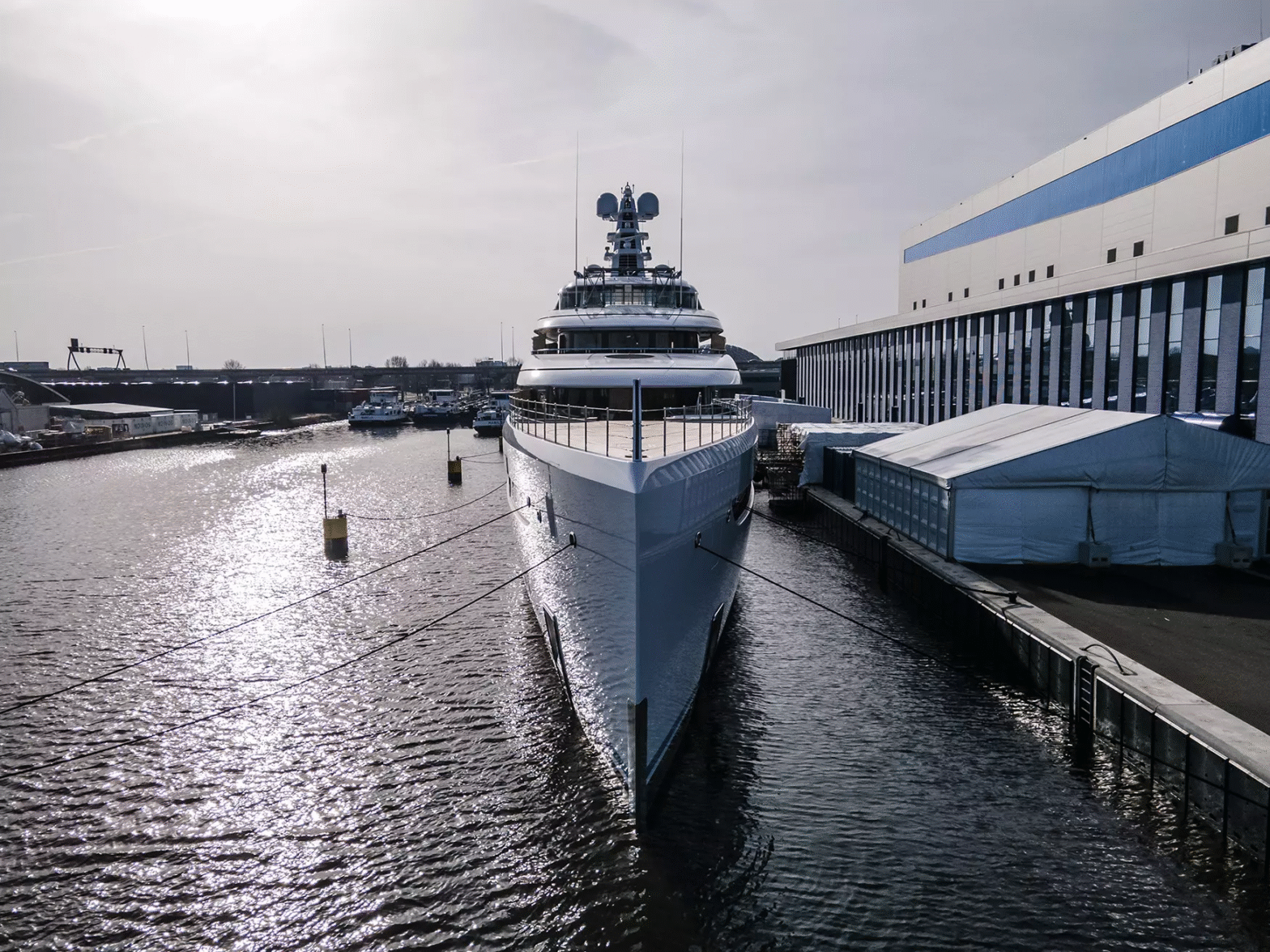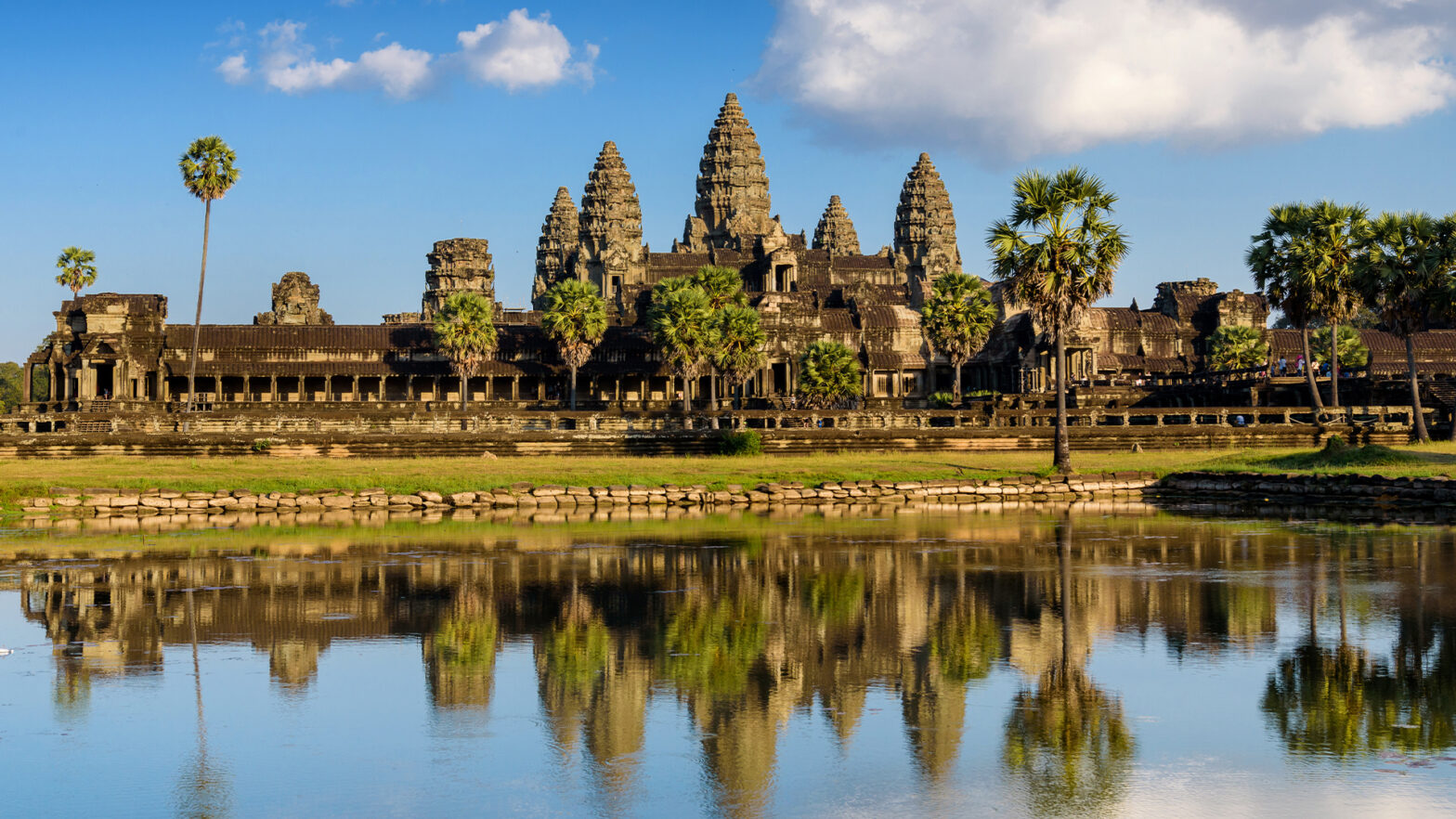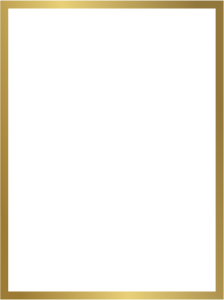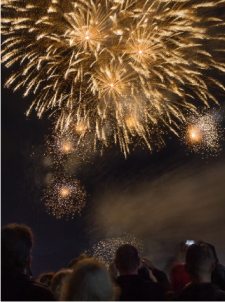There’s a particular shade of turquoise in the waters off the Seychelles that no camera can capture.
I saw it for the first time from the deck of a small speedboat, the sun spilling gold over a horizon dotted with palm-fringed islands.
It was the kind of view travel magazines call “priceless,” but in reality, it cost me exactly 500 Seychellois rupees, paid in cash, on the spot.
In theory, I could have paid with a card. But I’d learned long before this trip that in destinations like the Seychelles, having local currency isn’t just practical; it’s the golden key to unlocking the kind of experiences you don’t find on booking apps.
Thanks to Manor FX’s Seychellois rupee service, I stocked up before leaving the UK, and it shaped my trip in unexpected ways.
Champagne dreams and cash in hand
My first stop was a boutique resort on Mahé, tucked into a cove so secluded it felt like my own private island.
The suite had a balcony that seemed to float above the sea, a deep freestanding tub, and a breakfast menu where “freshly caught” wasn’t a slogan but a promise.
On my second morning, I wandered down the beach and found a local fisherman unloading a crate of spiny lobster, their shells glowing coral-red in the sun. He didn’t take cards.
The hotel chef was happy to prepare them if I could bring them in.
Five minutes later, a neat stack of rupees changed hands, and that night I dined on lobster grilled in garlic butter, served with champagne and the sound of waves as my soundtrack.
If I’d had to dash back for a card machine or try to withdraw cash in the midday heat, the moment would have been lost.
Private islands run on their own rules
The Seychelles consist of 115 islands, some of which are home to resorts and others protected nature reserves where visitor numbers are tightly controlled.
My dream was to spend a day on one of the smaller, quieter islands, the kind where the only company is a few giant tortoises and the rustle of coconut palms.
When I asked about chartering a boat, the concierge smiled knowingly and said, “For this, you’ll need cash.”
The skipper was an old friend of the hotel, and his “office” was the back of a fishing boat, not a tour desk.
He named a price, and I handed over the rupees.
By mid-morning, I was snorkelling over coral gardens, my footprints the only ones in the sand.
It was one of those days that imprints itself on your memory, all because I could pay there and then, with no fuss needed.
When luxury is local
High-end hotels in the Seychelles can cocoon you in comfort so completely you forget the rest of the world exists.
But step outside, and you’ll find that real luxury lies in the details of everyday island life:
- The woman selling still-warm cassava bread at the Victoria market.
- The artist painting palm leaves in watercolours at a roadside stall.
- The family-run guesthouse that serves passionfruit juice so fresh it still tastes of the vine.
These moments don’t run on plastic. They run on the rhythm of rupees.
I’d read inManor FX’s Seychelles currency guide that even in a luxury destination, small transactions often happen in cash, and that being prepared saves you from inflated exchange rates at the airport or hotels. They weren’t wrong.
The quiet confidence of being prepared
On my third day, I joined a sunset yoga class on a hidden stretch of sand.
The instructor moved with a calm that made you forget there were emails, flights, or deadlines in the world.
Afterwards, she mentioned the class was 200 rupees. I had the exact amount in my bag.
There’s something quietly satisfying about paying without hesitation, no awkward “do you take cards?”, no fumbling for change, no lost-in-translation moments.
Just a smooth, human exchange that keeps the flow of the day intact.
It’s a kind of travel confidence that’s hard to buy… unless, of course, you’ve already bought your currency.
How rupees stretch further than you think
One afternoon, I took the ferry to La Digue, an island so blissfully laid-back it’s almost entirely car-free.
I rented a vintage-style bicycle and spent the day pedalling between beaches that looked like film sets.
Along the way, I stopped at a roadside shack where a man was slicing open fresh coconuts.
The price? 25 rupees. I paid, he handed me the coconut, and then, without a word, pulled out a straw made from dried palm leaves.
We stood there drinking in silence, the warm breeze carrying the scent of salt and flowers.
It wasn’t the most extravagant purchase of the trip, but it’s the one I think about most often.
Paradise, paid in full
By the end of my stay, I’d spent my rupees on everything from private excursions to little luxuries like scented oils and handmade shell jewellery.
I used my card here and there for hotel bills and bigger expenses, but the magic moments?
The ones I’ll replay in my head when I need a mental escape?
Those were paid for in cash.
In a destination where luxury often means exclusivity and spontaneity, having the right currency ready meant I could say yes instantly to a last-minute boat trip, an unplanned market visit, or a beach barbecue that popped up out of nowhere.
The Seychelles might be postcard-perfect, but they’re also wonderfully human.
And humans, I’ve learned, appreciate it when you meet them in their own currency.
If you’re heading to the Seychelles…
Don’t wait until you’re standing in arrivals, jet-lagged and wilting in the tropical heat, to think about money.
Order your rupees before you go; the rates are better, and you’ll step off the plane ready for whatever paradise throws your way.
In a place where your days are measured in sunsets and sea swims, the last thing you want is to waste a moment hunting for a working ATM.
Take the rupees, take the leap, and let paradise take care of the rest.

